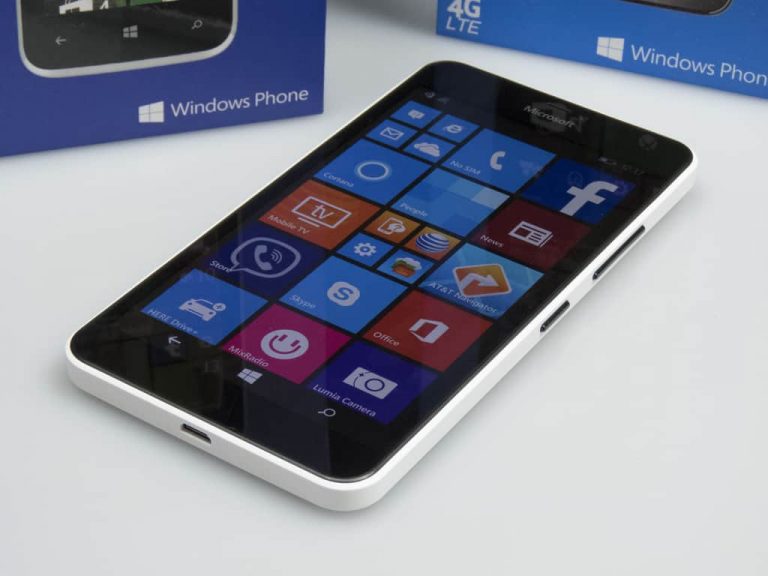It’s been a little more than a year since Microsoft allowed select Windows Phone 8.1 handsets to be updated to Windows 10 Mobile, but as of today the majority of Windows phones in the market are still running the old mobile OS. Back in November, the cross-promotion network for Windows phone and Windows Store apps AdDuplex noted that only 15% of Windows phones in the US were running Windows 10 Mobile, with 80% of the userbase still stuck on Windows Phone 8.1.
Well, it looks that it will soon be the end of the line for the legacy mobile OS: According to Microsoft’s Support website, mainstream support for Windows Phone 8.1 will end on July 11, three years after the release of the OS (via Neowin).
Windows Phone 8.1 received its last major update in Spring 2015, just when Microsoft released the Lumia 640 and 640XL on the market. This “GDR2” update brought some useful features such as app permissions for calendar, camera, contacts, and microphone, but it only rolled out to select Windows Phone 8.0 handsets.
Since then, Windows Phone 8.1 has not received any updates, and Microsoft never pushed the Windows 10 Mobile update to all eligible Windows Phone 8.1 handsets. To this day, users still have to install the Upgrade Advisor app from the Windows Store to make the jump, which is why the Windows Phone ecosystem is still fragmented today.
It remains to be seen if Microsoft will maintain this upgrade path after July 11, though we remind you that all “native” Windows Phone 8.1 handsets (including the high-end Lumia 930 and 1520) are not eligible for the Windows 10 Mobile Creators Update: that’s right, the latest version of Microsoft’s mobile OS can only be installed on phones that shipped with Windows 10 Mobile in the first place.
If you’re still using a Windows Phone 8.1 device, you may soon have to buy a new phone. While the OS will continue to work as usual, third-party apps will continue to leave Windows Phone 8.1, including Microsoft’s own Skype app. Obviously, there is no point to stick with an unsupported platform. We asked Microsoft for a comment on this situation and we’ll update this post if we hear back from them.



